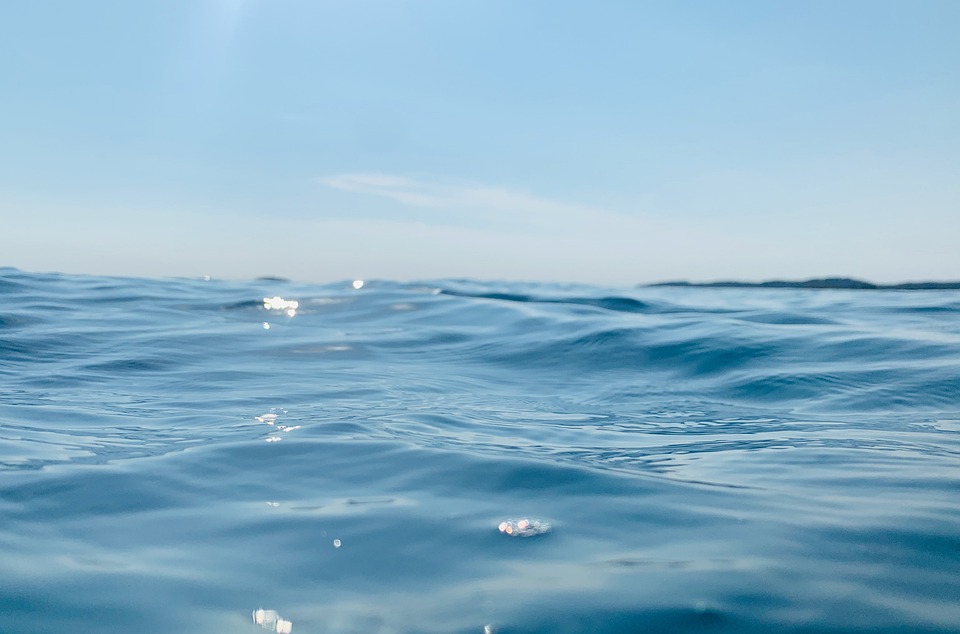Exploring the Extraordinary: Breathtaking Facts About the Red Planet, Mars
Introduction:
Our planetary neighbor, the Red Planet, a name colloquially known as Mars, has long captivated the imagination of poets, scientists, and artists alike. With a harsh climate, soaring landscapes, and a rich history waiting to be unraveled, Mars stands as a beacon of curiosity in the vast expanse of our solar system. In this article, we delve into some of the most fascinating aspects of Mars, and take a journey beyond the limits of Earth to uncover the mysteries of the Red Planet.
Red as Blood (or Iron Oxide):
One of the most iconic features of Mars is its striking russet hue, a result of iron oxide, or rust, clinging to its rocky surface. This rusty dust is so abundant that it colors the Martian sky in a pleasing shade of pink during sunrise and sunset, which is a sight to behold!
Mars: The Sentinel of Winter
Despite lying slightly farther from the sun than our home planet, Mars has some intense seasonal changes. It experiences four distinct seasons like Earth, and its winter twice as long as our own, with temperatures plummeting to as low as -143°C (-225°F).
Giant Moving Deserts: Sand Dunes and More
Mars is a haven for geologists, containing vast stretches of sand dunes and striking rock formations – a testament to its volatile past. These moving dunes, seemingly shaped like waves in a sea, are formed by winds tirelessly recasting Mars’ surface.
Martian Tower Formations: Mesas and Pillars
Standing out amidst the rolling and plunging Martian hills are tower-like structures predominantly composed of sedimentary rock. Interestingly, they are produced and shaped by fine-grained aeolian sediment. Two such sites are the Galle Crater and the Tharsis region.
Water on Mars: In the Past
Ancient Mars, quite like early Earth, was abundant in water. The red planet was covered in a thick atmosphere, and lakes, rivers, and even an ocean may have existed. The largest evidence of its watery past is found in the Gale Crater. Investigations led by NASA’s Curiosity Rover have confirmed previous findings of water and established the viability of microbial life on ancient Mars.
Curiosity’s Rock Samples: Traces of Organic Molecules
Curiosity has also discovered complex organic molecules in its rock samples. The presence of these carbon-based compounds suggests that the building blocks of life, although in their most basic forms, may have been present billions of years ago.
Mysterious Patterns and Ancient Martian Life
Curiosity also stumbled upon strange, fossil-like structures in the Martian sand dunes. These formations bear striking resemblance to trilobites, ancient marine creatures that lived over 400 million years ago — if these are indeed fossils, it would be preserving the story of a time when Mars was undeniably habitable.
Flyover Footage of Mars
To bring you closer to the red planet, we’ve included striking flyover footage captured by NASA’s Mars Reconnaissance Orbiter, giving you a closer look at its unique and beautiful landscapes. (Image: NASA)
FAQs:
Q: Exactly how far away is Mars?
A: Mars is approximately 140 million miles (225 million kilometers) away from Earth on average. However, at their closest approach, Mars can be as near as 34.8 million miles (56 million kilometers).
Q: Why is Mars called the Red Planet?
A: Its rust-colored terrain gives Mars its namesake. This reddish iron oxide, commonly known as rust, is abundant on its surface.
Q: Can humans ever live on Mars?
A: Several organizations, including NASA, are dedicated to the goal of human colonization of Mars. However, challenges remain due to Mars’ harsh climate, thin atmosphere, and distance from Earth. As of now, only unmanned missions have been successful.
Q: Do we see water flows on Mars today?
A: While Mars is covered in frozen water today, it does not possess rivers or flowing water. However, scientists have found evidence that the planet once had a vast ocean, and that there may still be ice at the poles and just below the surface.
Q: What is the biggest crater on Mars?
A: The Hellas Planitia, a plain to the southern part of Mars, is the largest crater on the Red Planet. The crater is approximately 1,800 kilometers (1,118 miles) across and has an average depth of about 7 kilometers (4.3 miles).
In conclusion, Mars remains a subject of immense fascination for researchers and space enthusiasts alike. As technology continues to advance, we are bound to uncover even more incredible facts and facets about this subject of wonder.



